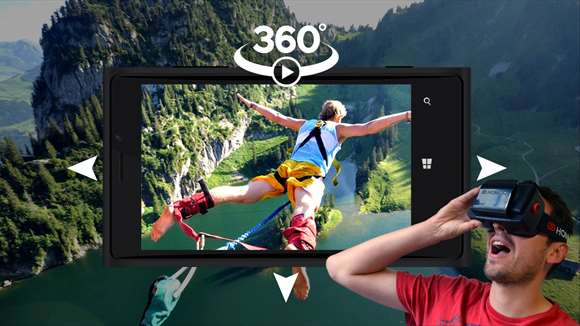Sometimes, as a marketer, it’s tempting to hop on that hype train and see where it leads. The rest of the time, brands are wisely cautious about investing in new and potentially fleeting technology. One such trend is 360-degree video, an interactive medium that has seen some traction in the world of marketing. This may leave you asking, “is 360 video right for my brand?” To answer that, let’s answer these burning questions:
Does 360 Video Work?
Yes.
In a recent experiment, Google created two ads for Columbia Sportswear, one with traditional video and the other offering 360-degree interaction. Although the viewer-retention rate was higher on traditional video, the 360 ad had a significantly larger click-through rate. In other words, users did not have to look at the video for long before deciding to watch it in its entirety. In total, the 360 ad drove 41 percent more earned actions than the standard ad and drove more engagement with Columbia’s YouTube channel than the standard ad. Google also determined that people were sharing the full-length video by cutting and pasting the URL.
“In fact, we saw messaging apps like WhatsApp and iOS messenger listed among the traffic sources for the 360 version—but not for the standard version,” says Jim Habig, product marketing manager at YouTube, per the Think With Google report. “The full-length 360 video had a 46 percent higher view count at the end of our experiment than the standard full-length piece. As a result, the 360 ad was a more efficient buy since its cost-per-view was lower when organic and paid views were combined.”
Other brands chasing the 360 dragon on YouTube include car manufacturers such as BMW and Infiniti and musicians like Eminem and Beyoncé.
Recently, Samsung teamed up with the World Surfing League for a virtual surfing trip in Tahiti, showing off its Samsung Gear VR camera; the video currently sits at over 16 million views. Networks are also getting in on the action, changing the landscape of television reporting. On YouTube, the Discovery Channel and Mythbusters took viewers under the waves to explore a shark-infested shipwreck, resulting in 10.6 million views. ABC News, meanwhile has garnered 18.6 million views on Facebook for their 360-degree tour of a New York Times Square blizzard in January.
Who Can Use 360 Video?
Anyone with a story to tell, so long as it’s told effectively. We’ve documented 360 marketing campaigns for Coors Light and Holiday Inn, and their executives echo the same sentiment.
Wirewax is the world’s first interactive video platform, adding clickable hotspots, or “tags,” to any moving person or object in a video. This technology can be used for facial recognition, learning more about a piece of art or clicking on a video of food to get a recipe.
“360 is a thing that needs to be creative,” warned Wirewax co-founder, Dan Garraway at this year’s [a]list summit. “It needs to be thought about as much as [when] you’re making a normal video. A lot of the problem with technology when it applies to creative industries [is that] people get very excited about the technology but lose the creative. So one of the reasons why this 360 interactive project we’re launching with Ayzenberg is so important is that the guys have been thinking about it from concept outwards. It’s about using the narrative and actually making a point for making it 360. There is interaction which adds to the narrative of the story.”
With the addition of YouTube’s 360-degree livestreaming capabilities, brands can get creative with the way they unveil new products, take users behind the scenes or broadcast events. If a brand can be translated to visual storytelling, chances are, a 360 video can work, too. Rather than “talk at” a potential customers, brands are inviting them to explore a world created just for them. It’s the difference in attractiveness between “psst, hey you wanna see something cool?” and “come inside, we made cookies.”

